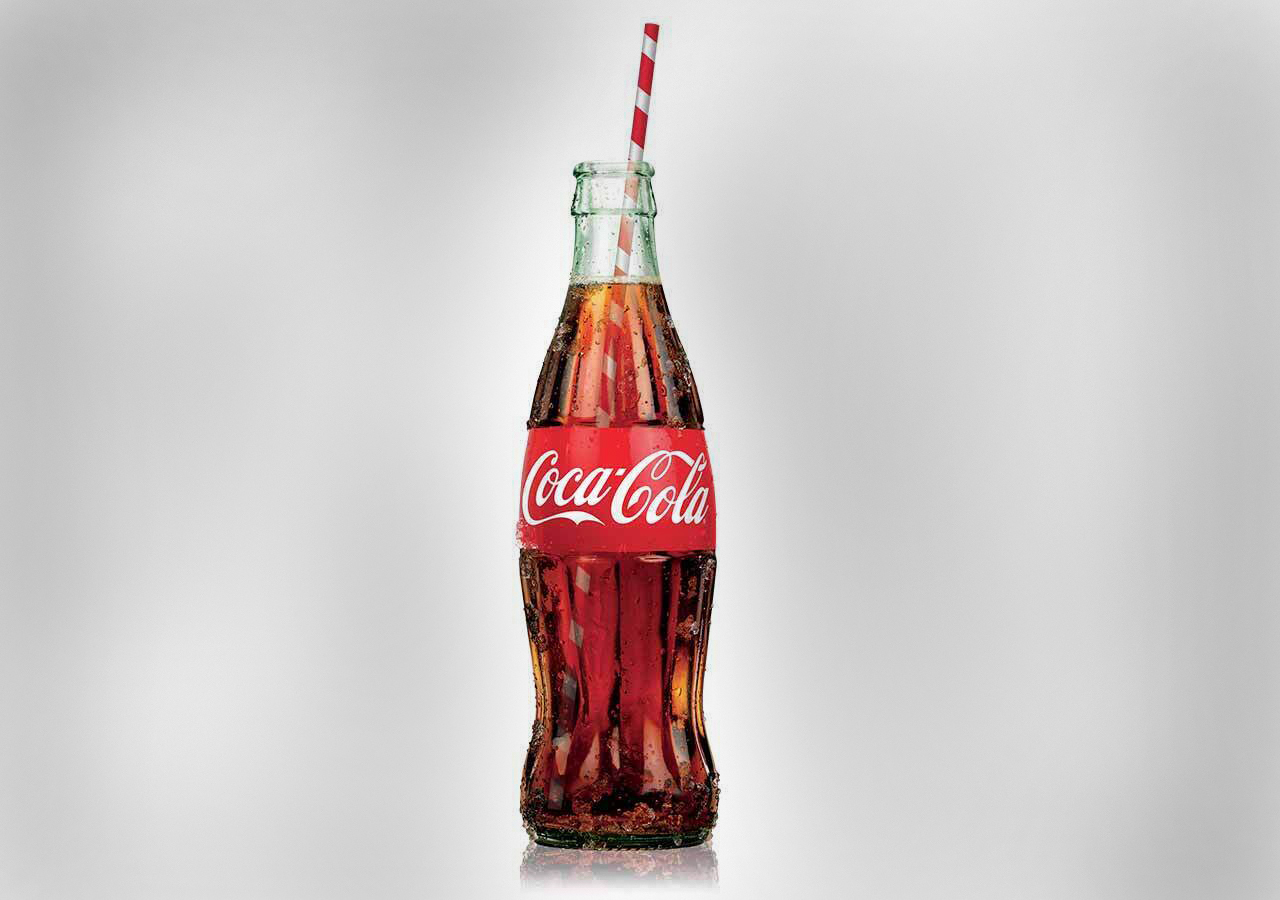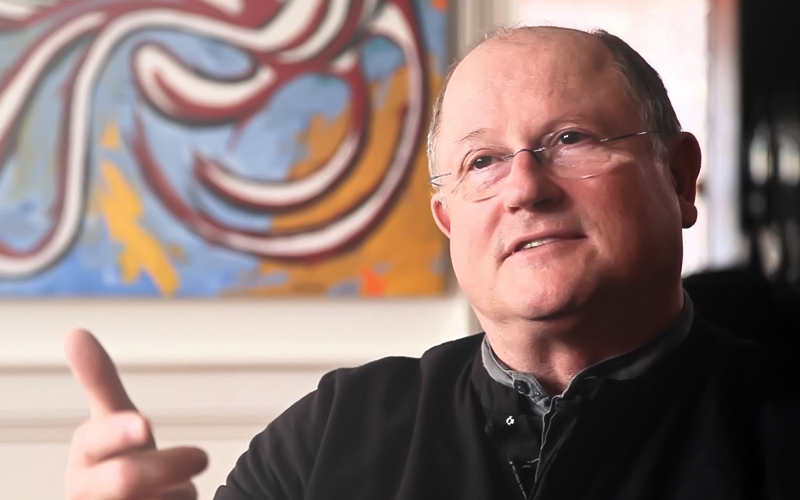
Innovation Success Story: A Case Study of Coca Cola
It shouldn’t come as a surprise to some that Coke has also been a leader in innovation. From branding and marketing to product and customer experience, Coke has led the way for brands in bringing new, competitive solutions to market, even beyond Consumer Goods.
Coca Cola has always been one of the leaders in its category, immensely successful in brand and customer experience across the globe. So it shouldn’t come as a surprise that is has led its peers in innovation also. From branding and marketing to product and customer experience, Coke has led the way in bringing new, competitive and customer-centric solutions to market.
When Coca Cola was invented in 1886 by Doctor John Pemberton, it was, even then, considered an innovation. Similarly, when the now-famous ‘Ultra Glass contour bottle’ was designed, it was considered a novelty as well, ‘designed to improve impact resistance, and reduce weight and cost’. The innovative Ultra Glass bottles are said to be “40% stronger, 20% lighter and 10% less expensive than traditional contour bottles”.
Coca Cola has gained massive success, as it has brought innovation to the market in more ways than one, no doubt aiding its position as the world’s leading manufacturer of the most popular and biggest-selling soft drink in history, amongst other solutions.
So what are the secrets of this success? How does Coca Cola, after 134 years still remain a market leader known for innovation?
Coca Cola has always sought to understand what their customers are needing. The current President and Chief Operating Officer, James Quincey, said regarding their customers, “We need to start by asking, ‘Where are they going?’ “We’re listening carefully and working to ensure that consumers are firmly at the centre of our business so we can continue to grow responsibly. If we embrace where the consumer is going, our brands will thrive, and our system will continue to grow.” By being consumer-centric and responding to consumer demands, Coca Cola has been able to bring cutting-edge solutions to customers.
“We’re listening carefully and working to ensure that consumers are firmly at the centre of our business so we can continue to grow responsibly. If we embrace where the consumer is going, our brands will thrive, and our system will continue to grow.” – James Quincey, President and Chief Operating Officer, Coca Cola

Coca Cola’s former Chief Technical and Innovation Officer, innovation leader Guy Wollaert, said that an innovation doesn’t have to be disruptive or headline-grabbing. It must simply create new value. Coca Cola has stayed true to this belief, relying on diverse resources, extensive customer research, as well as “experimentation and the power of design-thinking techniques to drive growth for the business”.
‘Deep lateral thinking’ is another tactic used by Coca-Cola, as they brought in a wide variety of individuals as collaborators, they were careful to bring in subject matter experts and lateral thinkers, Guy Wollaert, states “It’s important to have the right subject matter expertise, but it’s absolutely critical to complement this with people who have an innate skill of connecting dots laterally. Essentially, bringing together a variety of people, those who are skilled in seeing the bigger picture and those who are able to view the detail, this allows systems thinking, an incredibly important skill in design and innovation.
By leveraging the art of collaboration, Coca Cola has also brought innovative solutions to the fore front. “Innovation is a team sport”, is a phrase boldly used on Coca Cola’s sites and the brand has leveraged this simple truth, using the power of its wide network of employees, distributors, consumers and vendors, to bring new solutions to bear.
Understanding that collaboration, by bringing divergent minds together is another great ingredient for innovation, Coca Cola developed a process of going to external entities to seek and glean valuable insights, from customers and distributors to internal stakeholders. For example, it used social media as a way to get feedback from their customers. In 2019, it also opened up Coke KOLab, “a new high-tech facility where retail and restaurant customers can build collaborative business plans and get a peek inside the company’s innovation pipeline”.
A culture of experimentation is another way Coca Cola births novel products, “We combine the best of what entrepreneurs do and the best of what Coca-Cola does,” explains Susan Zaripheh, Transformational Innovation Team lead
What does this mean to you, a business leader trying to effect company-wide innovation and transformation, how do you create valuable and impactful solutions?
Seek to ‘collaborate’ more with stakeholders along your value chain, however that looks like, both inside and externally. Employees, customers and other stakeholders in your company’s ecosystem will prove valuable. Start by exploring areas with individuals you may not have looked at before but are part of your value chain like Coca Cola reached out to their distributors.
Listen, learn and experiment. “Power is not having one team dedicated to transformational innovation, but seamlessly implementing learnings and frameworks across the organization and fuelling new capability to drive growth,” said Simon Yeung, SVP, Innovation and Stewardship, Coca-Cola North America
Leveraging the power to learn and experiment as you envision and build areas of growth is important to successfully innovating.
In many ways, Coca Cola has paved the way for many across the world and various industries, what the company has succeeded in, is taking the practices that bring about innovation and incorporating them within their company’s operations.
In doing so, they have mapped out a path for aspiring brands to try be inspired by.


